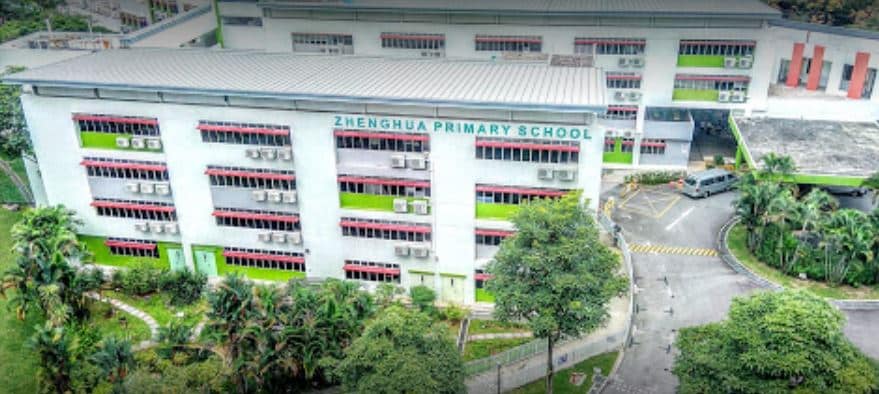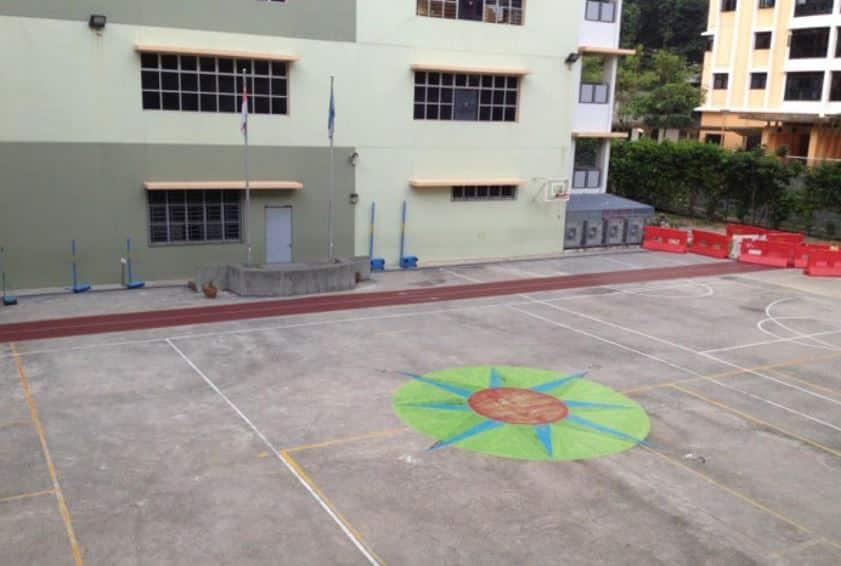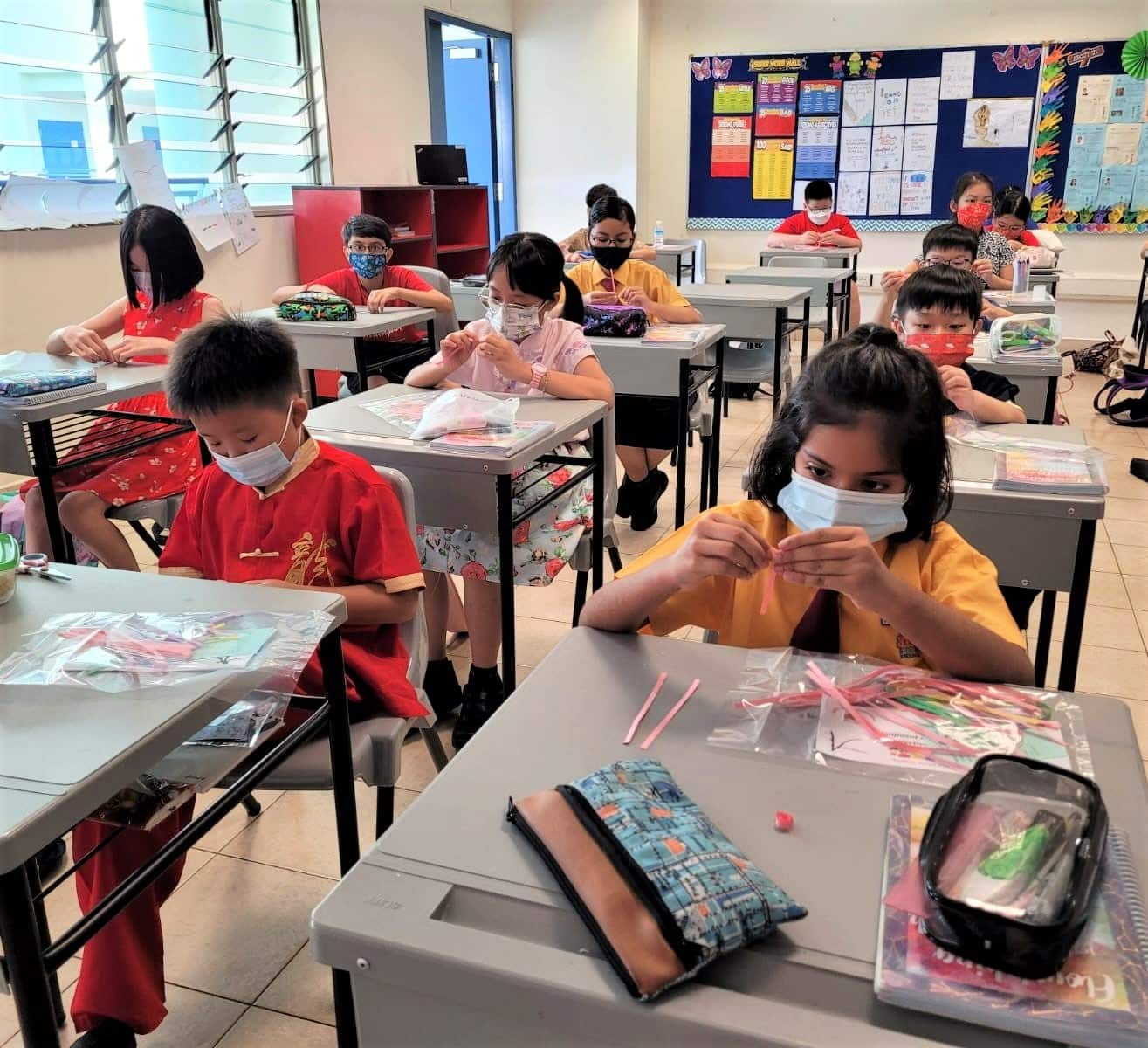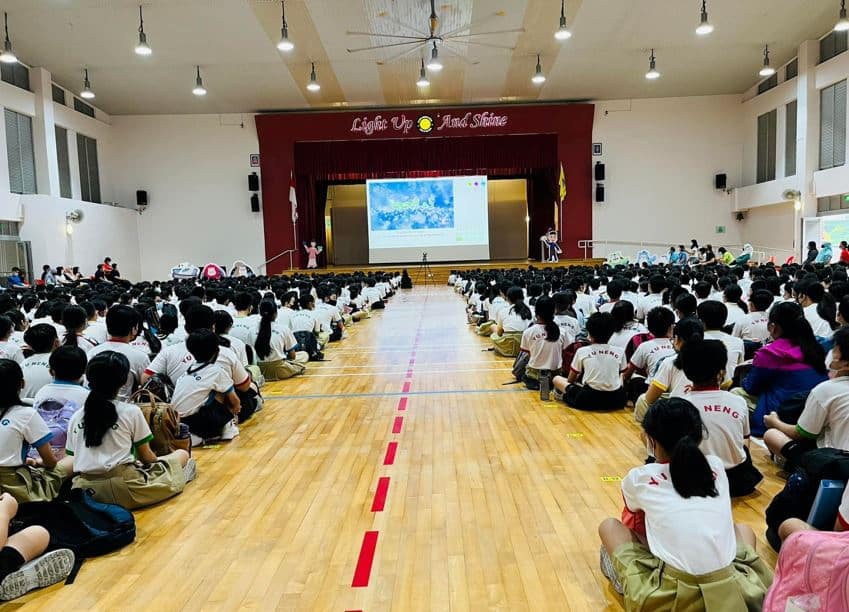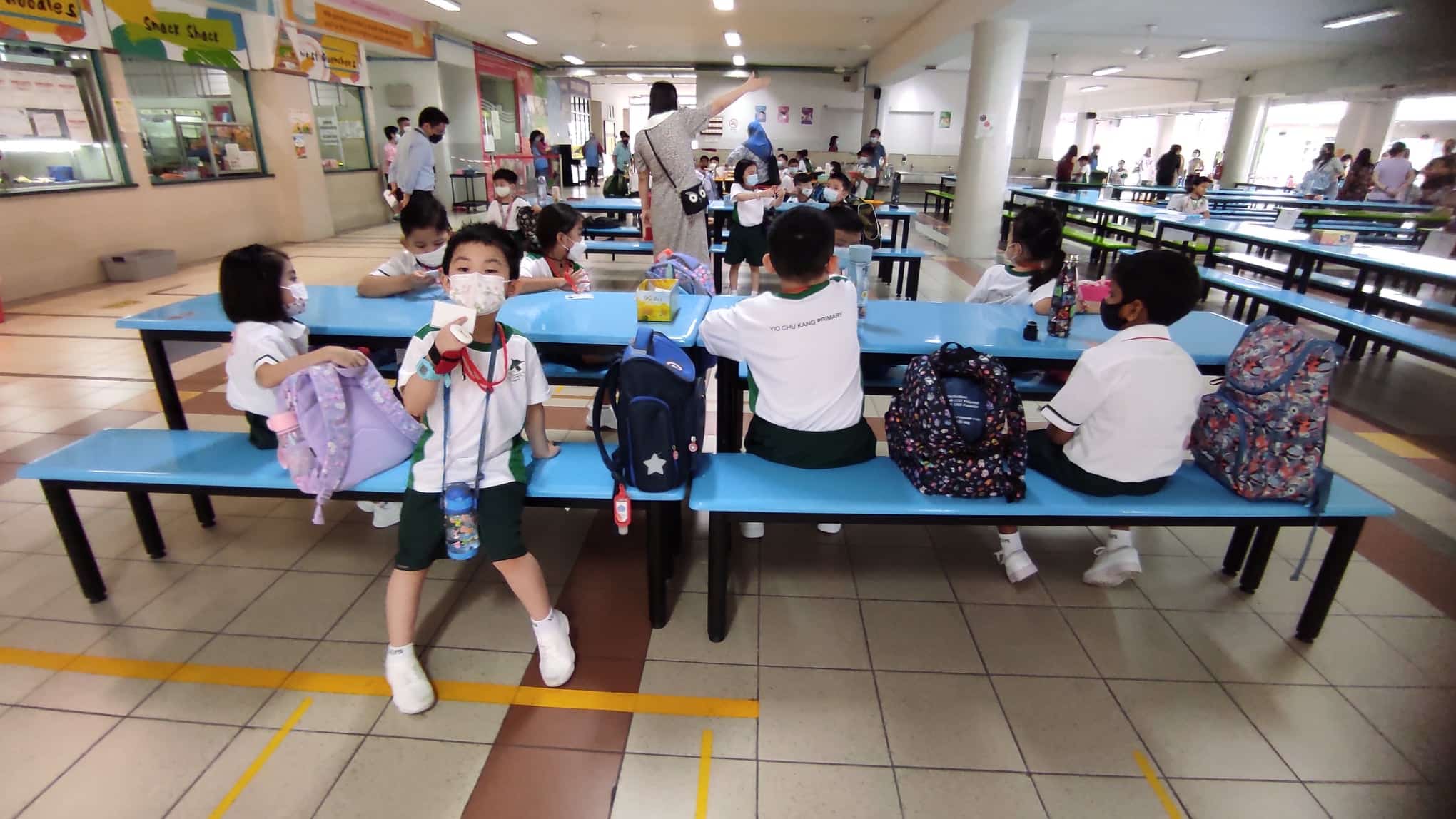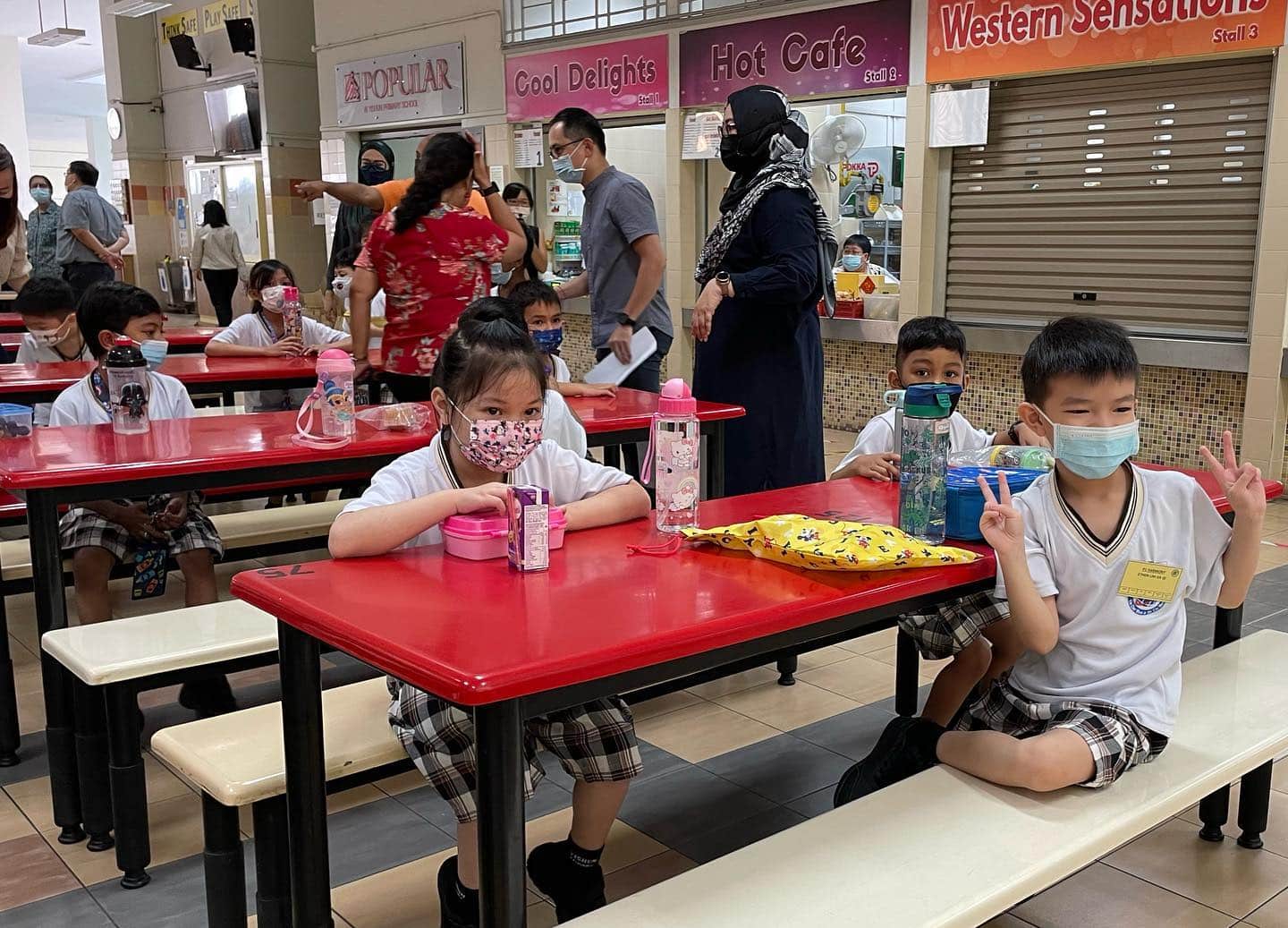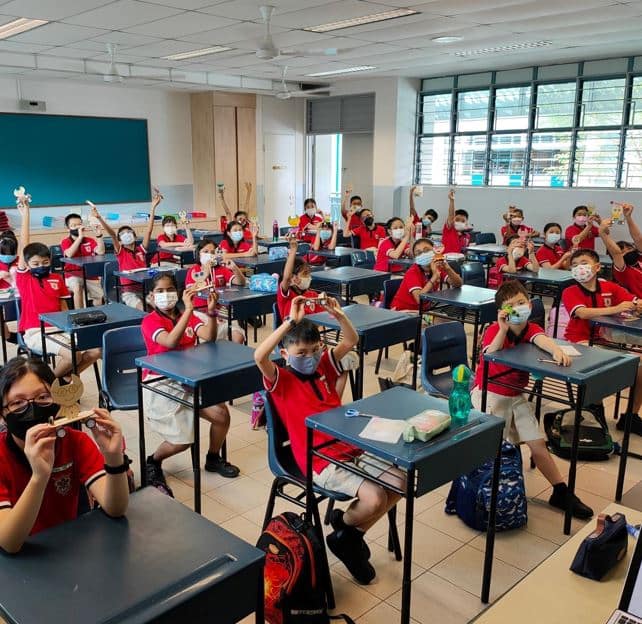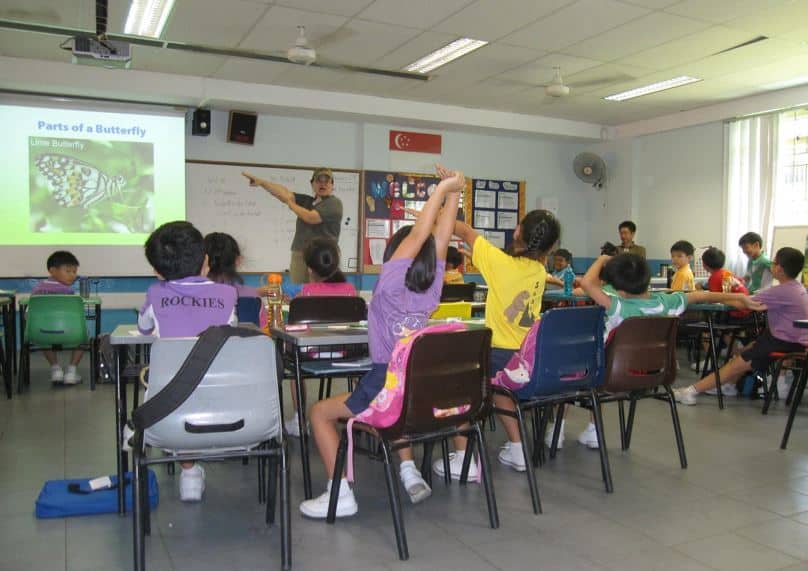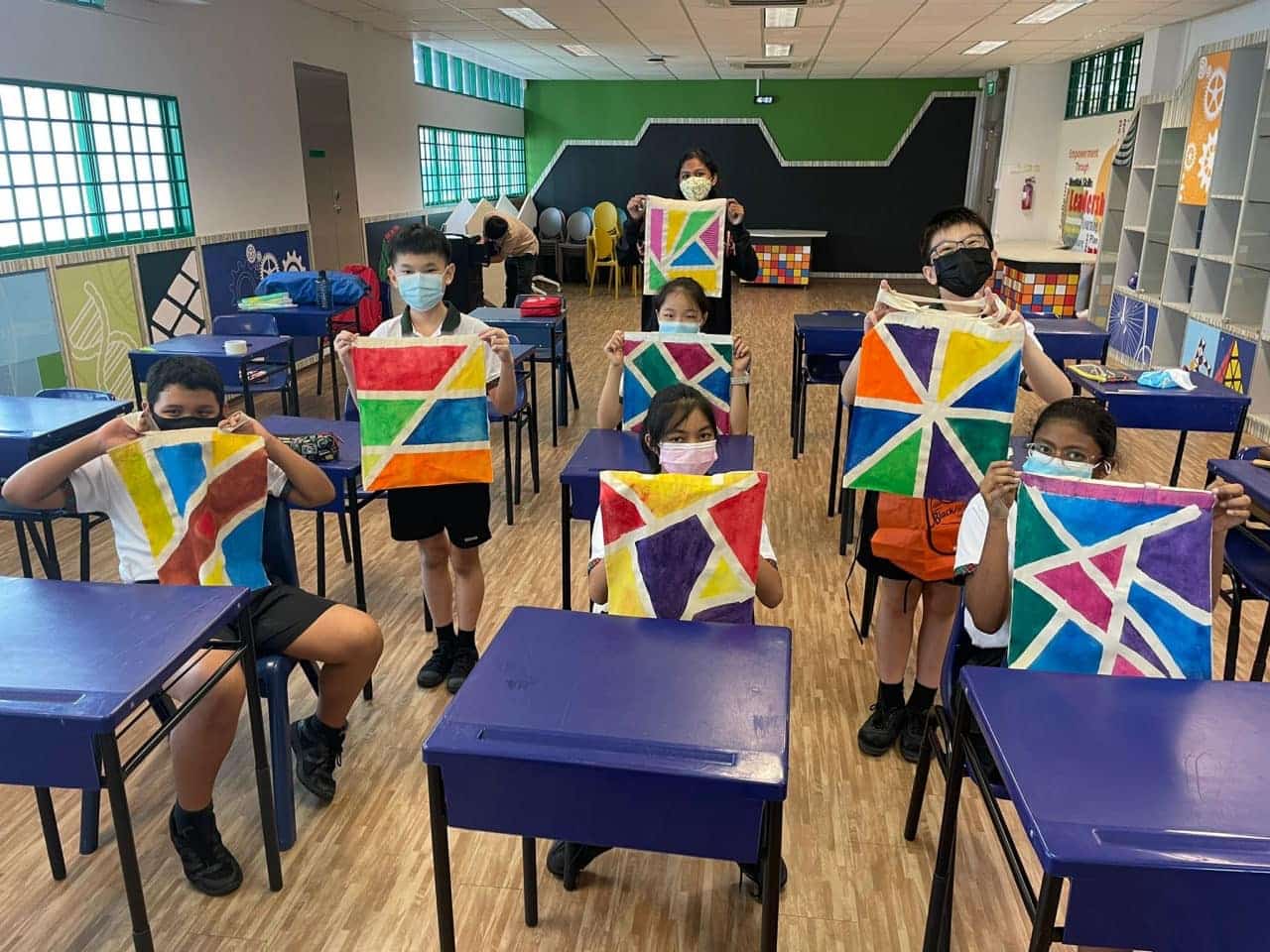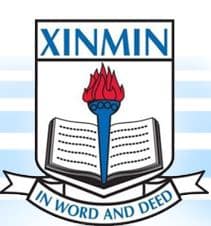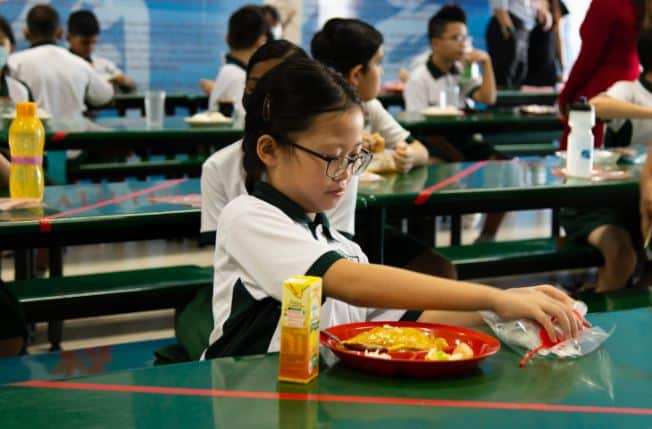Explore Primary Schools in Singapore:
Education, Rankings, and More
Get ready to embark on an exciting journey into the world of primary education in Singapore!
Zhenghua Primary School
[dsm_breadcrumbs separator_icon="9||divi||400" _builder_version="4.17.0"...
Zhangde Primary School
[dsm_breadcrumbs separator_icon="9||divi||400" _builder_version="4.17.0"...
Yumin Primary School
[dsm_breadcrumbs separator_icon="9||divi||400" _builder_version="4.17.0"...
Yuhua Primary School
[dsm_breadcrumbs separator_icon="9||divi||400" _builder_version="4.17.0"...
Yu Neng Primary School
[dsm_breadcrumbs separator_icon="9||divi||400" _builder_version="4.17.0"...
Yio Chu Kang Primary School
[dsm_breadcrumbs separator_icon="9||divi||400" _builder_version="4.17.0"...
Yishun Primary School
[dsm_breadcrumbs separator_icon="9||divi||400" _builder_version="4.17.0"...
Yew Tee Primary School
[dsm_breadcrumbs separator_icon="9||divi||400" _builder_version="4.17.0"...
Yangzheng Primary School
[dsm_breadcrumbs separator_icon="9||divi||400" _builder_version="4.17.0"...
Xishan Primary School
[dsm_breadcrumbs separator_icon="9||divi||400" _builder_version="4.17.0"...
Xinmin Primary School
[dsm_breadcrumbs separator_icon="9||divi||400" _builder_version="4.17.0"...
Xingnan Primary School
[dsm_breadcrumbs separator_icon="9||divi||400" _builder_version="4.17.0"...
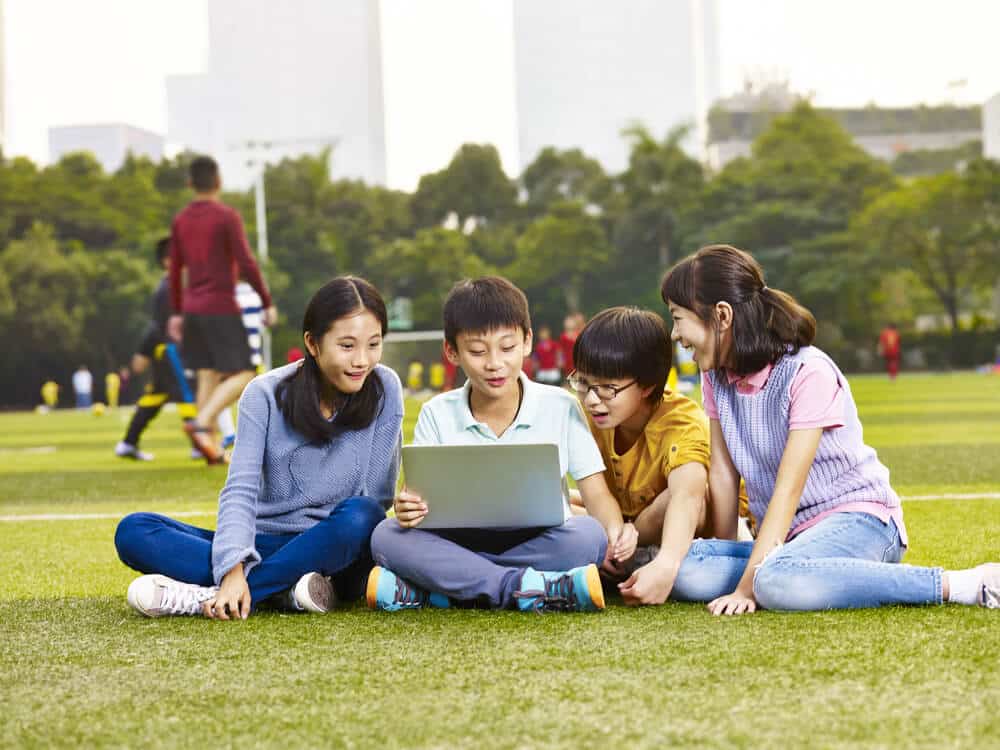
Embarking on the primary education journey is an exciting milestone for Singapore’s children aged 6 to 12.
It’s the foundation that shapes their future success, equipping them with essential skills and knowledge.
With over 180 primary schools, parents play a vital role in selecting the best school for their child.
From understanding the curriculum to exploring co-curricular activities, this guide provides valuable insights to help you navigate Singapore’s primary education world.
Key Takeaway Table:
| Topic | Key Takeaways |
|---|---|
| Primary education | – Primary education in Singapore refers to the initial six years of formal education for children aged 6 to 12. |
| – It provides students with a strong educational foundation and essential skills for future success. | |
| Primary school system | – The primary school system in Singapore offers a comprehensive and holistic education. |
| – The Ministry of Education (MOE) plays a crucial role in setting the curriculum and ensuring quality education. | |
| Overview of primary schools | – There are over 180 primary schools in Singapore, providing parents with a range of options to choose from. |
| – Some top primary schools in Singapore have a strong academic track record and produce well-rounded students. | |
| Choosing the right primary school | – Parents should consider factors such as proximity, school ethos, special programs, extracurricular activities, academic track record, and learning environment when selecting a primary school. |
| – Researching school websites, attending open houses, and talking to current parents can provide valuable information about different primary schools. | |
| Gifted Education Programme (GEP) | – The Gifted Education Programme (GEP) offers specialized education for academically gifted students. |
| – The GEP provides an accelerated and enriched curriculum to challenge gifted students and nurture their passion for learning. | |
| Curriculum and learning approach | – Primary schools in Singapore follow a comprehensive curriculum that includes academic subjects and co-curricular activities. |
| – The learning approach is structured, promoting active learning and holistic development. | |
| Mainstream education and special needs assistance | – Mainstream education refers to education for students without special needs. |
| – Primary schools in Singapore provide support and resources to students with special needs through specialized teachers and individualized approaches. | |
| Government-aided and international primary schools | – Government-aided primary schools receive financial support from the government and provide quality education. |
| – International primary schools offer different curricula and cater to expatriate families and those seeking an international education. | |
| Primary school registration and admission process | – Parents can register their child for primary school through an online registration system provided by the Ministry of Education. |
| – Required documents for admission include birth certificate, identification documents, and residential proof. | |
| Role of the Ministry of Education in primary education | – The Ministry of Education shapes and oversees primary education in Singapore by setting policies and providing guidance and support to schools. |
| – It implements initiatives and policies to enhance primary education, ensuring quality through inspections and professional development opportunities for teachers. | |
| Supporting transition from preschool to primary school | – Parents can help their child transition smoothly by preparing them in advance and attending orientation programs. |
| – Common challenges include adjusting to increased workload and longer school hours. Parents should provide emotional and academic support during this transition. | |
| Co-curricular activities and holistic development | – Co-curricular activities (CCAs) play a vital role in students’ holistic development by providing opportunities for skill development, teamwork, and personal growth. |
| – CCAs contribute to physical, social, emotional, and creative abilities of students, fostering well-rounded development. | |
| Assessments and progress tracking | – Assessments in primary schools include continuous assessments and formal examinations. |
| – Various methods such as tests, |
Introduction to Primary Education in Singapore
What is primary education?
Primary education refers to the initial stage of formal education that children receive, usually between the ages of 6 to 12.
It comprises the first six years of compulsory schooling in Singapore.
Why is primary education important?
Primary education is vital as it provides students with a solid foundation for success.
It equips them with essential skills and knowledge to pursue higher levels of education and prepares them for the challenges of secondary school and beyond.
What is the duration of primary education?
Primary education in Singapore typically lasts for six years.
It starts from Primary 1 (P1) and ends at Primary 6 (P6), with students progressing to secondary school after completing their primary education.
Understanding the Primary School System in Singapore
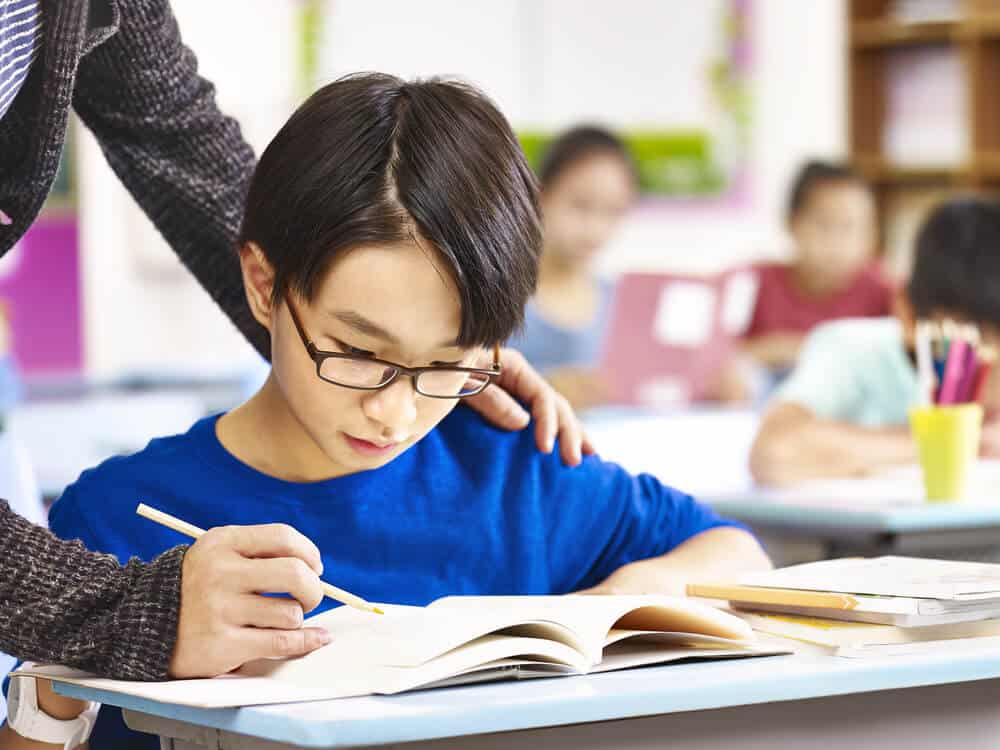
How does the primary school system work in Singapore?
The primary school system in Singapore provides a comprehensive and holistic education for students.
It is designed to develop students’ intellectual, physical, social, and emotional well-being.
What is the role of the Ministry of Education in primary schools?
The Ministry of Education (MOE) plays a crucial role in developing and regulating primary schools in Singapore.
It sets the curriculum, establishes standards, and provides guidance to ensure quality education is delivered in primary schools.
What are the key features of primary education in Singapore?
Primary education in Singapore focuses on nurturing students’ academic abilities, character development, and life skills.
It emphasizes the importance of a well-rounded education, strongly emphasizing core subjects such as English, mathematics, science, and mother tongue languages.
Overview of Primary Schools in Singapore
How many primary schools are there in Singapore?
Singapore has a comprehensive network of primary schools.
Currently, over 180 primary schools in Singapore provide ample options for parents when selecting a school for their child.
What are some of the top primary schools in Singapore?
Singapore is known for its high-quality education system, and several top primary schools are in the country.
These schools have consistently demonstrated excellent academic performance and a strong record of producing well-rounded students.
What are the admission requirements for primary schools?
The admission requirements for primary schools in Singapore vary from school to school.
Generally, primary school admission is based on a registration exercise conducted by the Ministry of Education (MOE), where parents indicate their school preferences.
Choosing the Best Primary School for Your Child
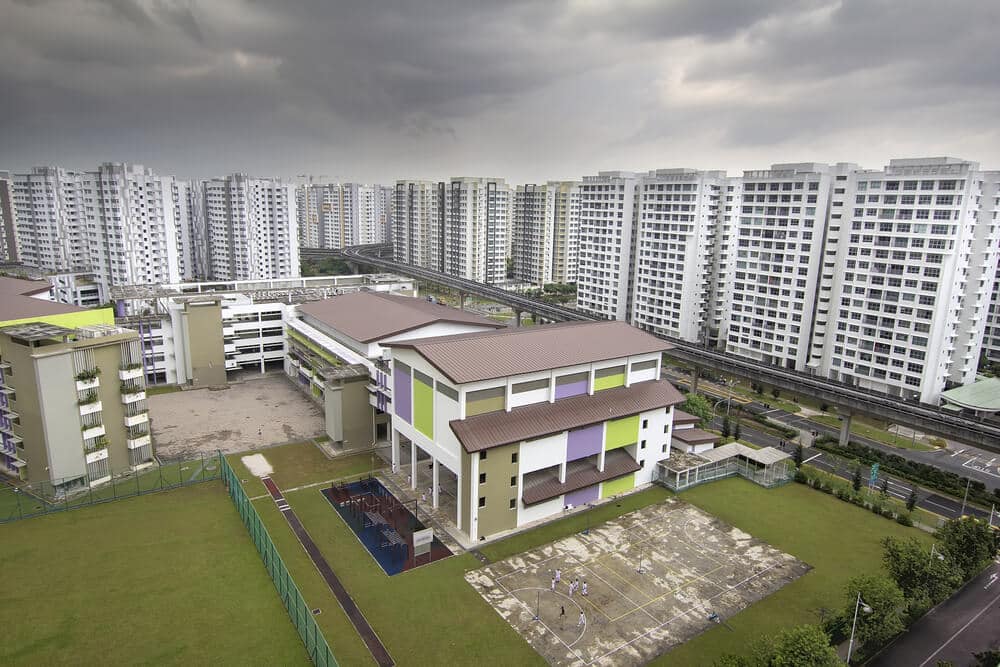
What factors should parents consider when choosing a primary school?
Parents should consider several important factors when choosing a primary school for their child.
These include the school’s proximity to home, the school’s ethos, and values, the availability of special programs, extracurricular activities, the school’s academic track record, and the overall learning environment.
How can parents research and gather information about different primary schools?
Parents can gather information about different primary schools by visiting school websites, attending open houses or information sessions, talking to current parents, and consulting education guides or rankings.
These resources provide valuable insights into the school’s curriculum, facilities, teaching methodologies, and overall reputation.
What are some tips for selecting the right primary school for your child?
When selecting the right primary school for your child, it is essential to consider their interests, learning style, and individual needs.
It may be beneficial to involve your child in the decision-making process, visit potential schools together, and consider any specific programs or resources to benefit your child’s development.
Special Programs in Primary Schools: Gifted Education Programme (GEP)
What is the Gifted Education Programme (GEP) in primary schools?
The Gifted Education Programme (GEP) is a specialized program offered in select primary schools in Singapore.
It is designed to cater to the unique learning needs of academically gifted students and provide them with challenging and enriching educational opportunities.
How does the GEP benefit gifted students?
The GEP benefits gifted students with an accelerated and enriched curriculum that challenges their intellectual abilities.
It allows them to learn and develop at a pace that matches their advanced capabilities and nurtures their passion for learning.
What is the application process for the GEP?
The application process for the GEP involves a series of assessments and evaluations to identify students with exceptional academic abilities.
These assessments may include tests, interviews, and portfolio reviews.
The Ministry of Education (MOE) oversees the selection process and determines the final admission to the GEP.
The Curriculum and Learning Approach in Singapore’s Primary Schools
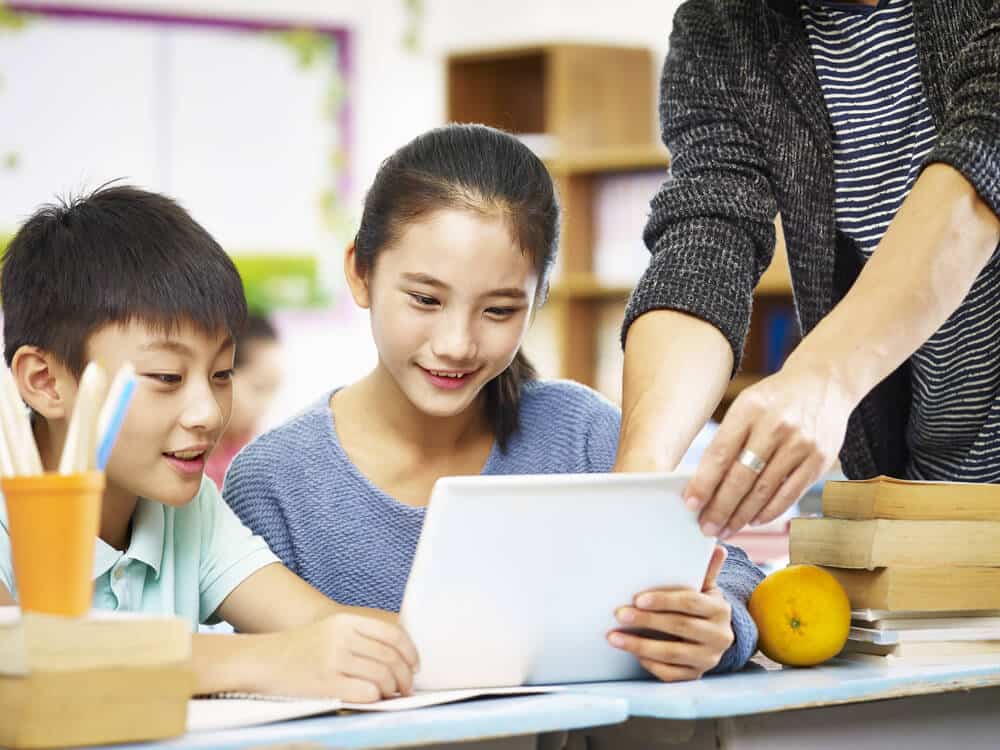
What is the curriculum followed in primary schools in Singapore?
Primary schools in Singapore follow a comprehensive curriculum designed to provide students with a well-rounded education.
The curriculum is divided into two main aspects – academic subjects and co-curricular activities (CCAs).
The academic subjects encompass many vital topics such as English, Mathematics, Science, Mother Tongue languages, and Social Studies.
These subjects are taught with a focus on critical thinking, problem-solving, and developing a deep understanding of the topics.
How is the learning approach structured in Singapore’s primary schools?
The learning approach in Singapore’s primary schools is highly structured and rigorous.
The emphasis is on creating an active learning environment where students can explore, share, and collaborate with their peers.
The prior school experience promotes holistic development by nurturing students’ cognitive, physical, social, and emotional aspects.
What subjects are taught in primary schools in Singapore?
In addition to the core subjects mentioned earlier, primary schools in Singapore also offer various topics such as Music, Art, Physical Education, and Character and Citizenship Education.
These subjects add depth and variety to the curriculum, allowing students to develop their talents and interests in different areas.
Mainstream Education and Special Needs Assistance in Primary Schools
What is mainstream education in Singapore’s primary schools?
Mainstream education in Singapore’s primary schools refers to the education provided to students without special needs.
The focus is on providing a holistic education that caters to the diverse needs of students, regardless of their abilities or backgrounds.
How do primary schools in Singapore provide assistance to students with special needs?
Primary schools in Singapore have a robust support system to assist students with special needs.
These schools have specialized teachers and staff trained to work with students with different learning requirements.
The approach is individualized, with an emphasis on identifying and addressing the specific needs of each student.
Are there specific programs or initiatives for inclusive education in primary schools?
Yes, there are several programs and initiatives aimed at promoting inclusive education in primary schools.
The Ministry of Education has implemented various strategies to ensure that students with special needs can fully participate in the mainstream education system.
These initiatives include providing specialized equipment, additional resources, and professional development opportunities for teachers to enhance their inclusive teaching practices.
Government-Aided and International Primary Schools in Singapore
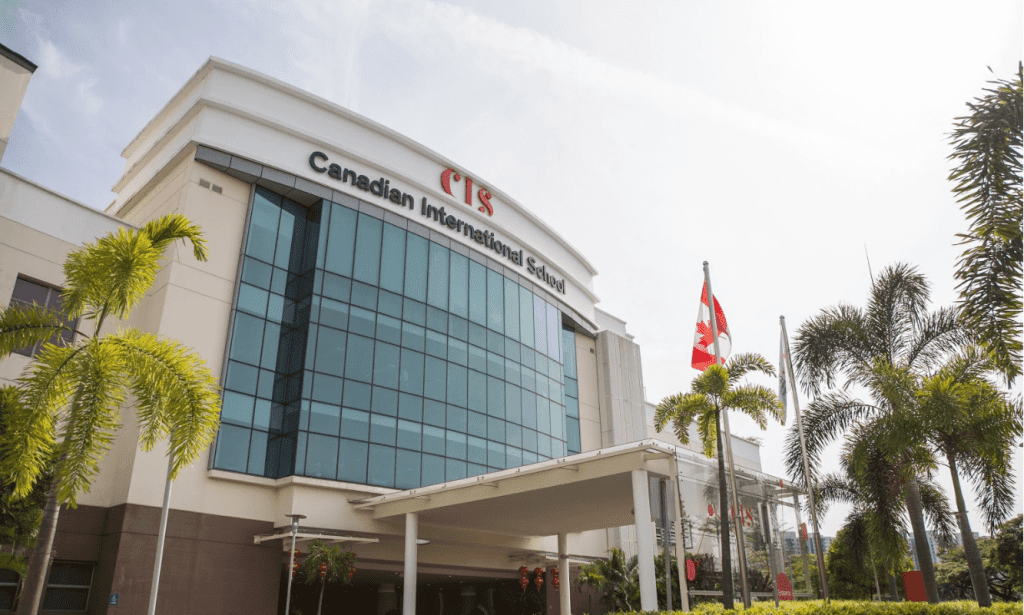
What are government-aided primary schools in Singapore?
Government-aided primary schools in Singapore receive financial support from the government.
These schools offer quality education at affordable fees and are committed to providing a well-rounded education for their students.
They follow the national curriculum and are subject to the same guidelines and regulations as other primary schools.
What are the benefits of enrolling in a government-aided primary school?
Enrolling your child in a government-aided primary school in Singapore has several benefits.
Firstly, these schools have a solid academic track record and are known for delivering quality education.
Secondly, they often have a strong sense of community and provide a supportive environment for students and their families.
Government-aided schools often have well-equipped facilities and offer various co-curricular activities to enhance the overall learning experience.
Are there international primary schools available in Singapore?
Yes, Singapore is home to many international primary schools catering to expatriate families’ needs and Singaporean students who wish to pursue an international education.
These schools follow different curricula, such as the International Baccalaureate (IB) or the American curriculum, and often provide a multicultural and diverse learning environment.
Primary School Registration and Admission Process in Singapore
How can parents register their child for primary school in Singapore?
Parents can register their children for primary school in Singapore through an online registration system provided by the Ministry of Education.
This system allows parents to indicate their school preferences and submit the necessary documents required for admission.
What documents are required for primary school admission in Singapore?
For primary school admission in Singapore, parents must submit documents such as the child’s birth certificate, parents’ identification documents, residential proof, and any relevant supporting documents such as immigration documents for non-Singaporean students.
Is there a specific timeline for primary school registration in Singapore?
Yes, there is a specific timeline for primary school registration in Singapore.
The Ministry of Education announces the registration exercise period each year, usually in the latter half of the year before the child is due to enter primary school.
Parents are advised to check the official website of the Ministry of Education for specific dates and guidelines.
The Role of the Ministry of Education (MOE) in Primary Education
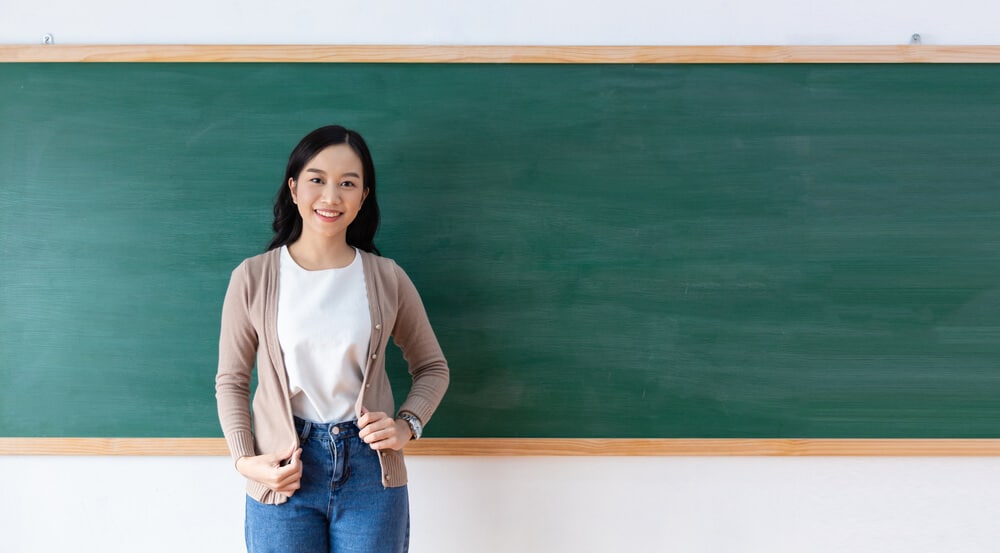
What is the role of the Ministry of Education in the primary education system of Singapore?
The Ministry of Education (MOE) plays a pivotal role in shaping and overseeing the primary education system in Singapore.
It sets policies, develops curriculum frameworks, and provides guidance and support to primary schools.
The MOE also ensures the quality of education by conducting regular inspections, monitoring academic standards, and implementing initiatives to improve teaching and learning practices.
What initiatives or policies does the Ministry of Education implement for primary schools?
The Ministry of Education implements various initiatives and policies to enhance primary education in Singapore.
These include introducing innovative teaching methods, integrating technology into the curriculum, promoting character and citizenship education, and focusing on developing 21st-century competencies among students.
How does the Ministry of Education ensure the quality of education in primary schools?
The Ministry of Education ensures the quality of education in primary schools through a rigorous quality assurance framework.
This includes regular inspections, assessments, and reviews of schools’ performance.
The MOE also provides professional development opportunities for teachers and researchers to ensure that teaching practices are evidence-based and in line with international best practices.
Supporting Your Child’s Transition from Preschool to Primary School
Transitioning from preschool to primary school can be a significant milestone for children and parents.
It is a time filled with excitement but can also come with challenges.
As a parent, there are several things you can do to help your child navigate this transition smoothly.
What can parents do to help their child transition to primary school?
Firstly, it is essential to start preparing your child well in advance.
Talk to them about what to expect in primary schools, such as the longer school hours and more structured learning environment.
Visit the school’s website or attend orientation programs to familiarize yourself with the school’s policies and procedures.
This will enable you to answer any questions your child may have and alleviate any anxieties they may be experiencing.
Are there any orientation programs available for incoming primary school students?
Many primary schools organize orientation programs for incoming students and their parents.
These programs aim to glimpse the daily routine, introduce the school facilities, and allow students to meet their future classmates and teachers.
Attending these programs can help your child feel more comfortable and prepared for their first school day.
What are some common challenges children face when transitioning to primary school?
The transition to primary school can be challenging for children for various reasons.
One common challenge is adjusting to the increased workload and academic expectations.
Primary school introduces a more structured curriculum and formal assessments, such as Singapore’s Primary School Leaving Examination (PSLE).
Some children may also find it challenging to adapt to the longer school hours and the need to sit still for extended periods.
It is essential to support your child emotionally and academically during this transition period.
Co-curricular Activities and Holistic Development in Primary Schools
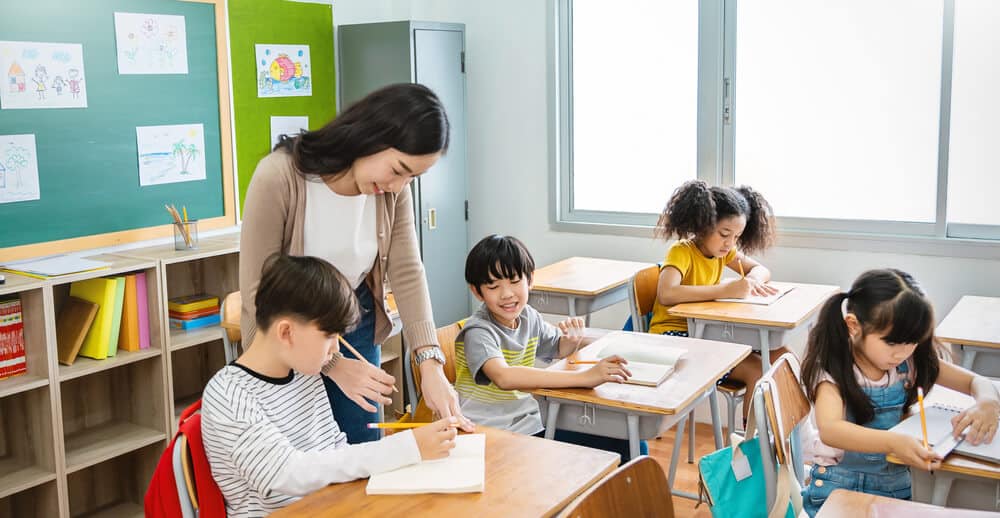
In primary schools, co-curricular activities (CCAs) are crucial in students’ holistic development.
CCAs are activities that occur alongside the academic curriculum and provide opportunities for students to develop skills and interests beyond their academic subjects.
They promote teamwork, leadership, and personal growth while helping students discover their passion and talent in various areas.
What are co-curricular activities, and why are they important in primary schools?
Co-curricular activities encompass various activities such as sports, performing arts, clubs, and societies.
They are essential in primary schools as they allow students to explore their interests, develop new skills, and build friendships outside the classroom.
CCAs also provide a well-rounded education that goes beyond academic excellence and contributes to the overall development of students.
How do co-curricular activities contribute to the holistic development of students?
CCAs contribute to the holistic development of students by fostering their physical, social, emotional, and creative abilities.
For example, sports activities promote physical fitness and teamwork, while performing arts activities nurture creativity and self-expression.
By participating in CCAs, students develop essential life skills such as time management, discipline, and resilience, which are valuable assets in their future endeavors.
What are some popular co-curricular activities offered in primary schools?
Primary schools in Singapore offer a wide variety of co-curricular activities to cater to students’ diverse interests and talents.
Popular CCAs include soccer, basketball, badminton, swimming, choir, dance, drama, and art clubs.
Students can choose an activity based on their interests and develop their skills in a fun and supportive environment.
Assessments and Progress Tracking in Primary Education
Assessments are an integral part of primary education in Singapore.
They help monitor students’ progress, identify areas for improvement, and provide feedback for further learning.
Primary schools use various assessment methods to evaluate students’ understanding and mastery of the curriculum.
How are students assessed in primary schools?
In primary schools, students are assessed through continuous assessments and formal examinations.
Ongoing assessments include classwork, homework, quizzes, and projects, which are carried out throughout the school year.
Standard tests, such as mid-year and end-of-year exams, comprehensively evaluate students’ knowledge and understanding.
What are some common assessment methods used in primary education?
Standard assessment methods in primary education include written tests, oral presentations, group projects, and practical assessments.
These methods allow teachers to assess students’ abilities across domains, such as knowledge, critical thinking, communication, and problem-solving skills.
How is student progress tracked throughout the primary school years?
Student progress is tracked through regular assessments and the compilation of grades.
Primary schools may use various grading systems, such as letter grades or numerical scores, to indicate students’ achievement levels.
Progress reports are issued to parents to inform them about their child’s academic performance and areas for improvement.
This tracking system helps students, parents, and teachers monitor progress and provide the necessary support.
Notable Primary Schools in Singapore: Facilities, Location, and Popularity
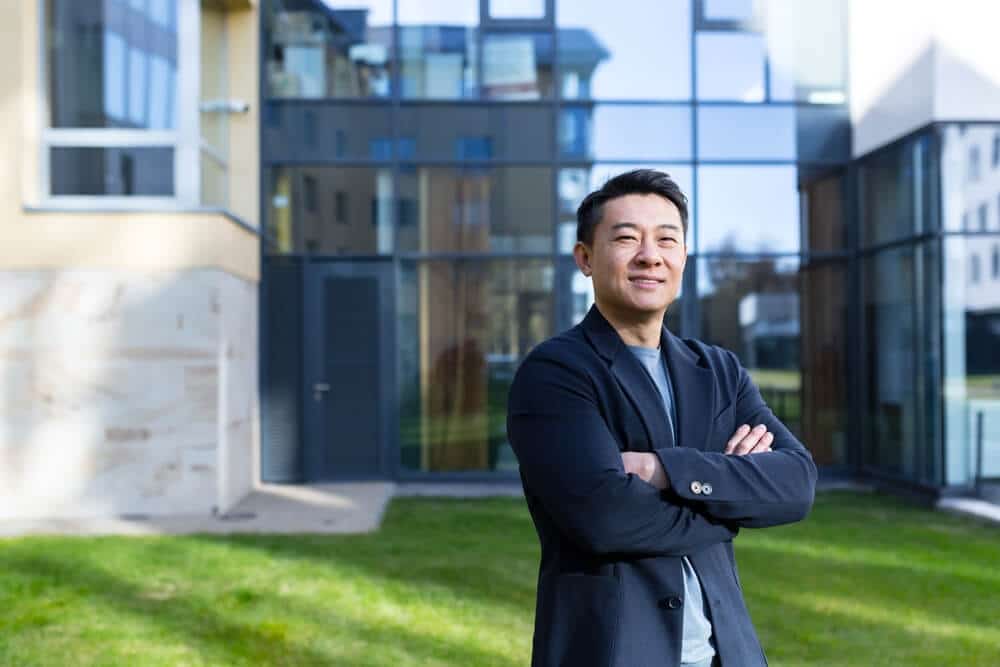
Singapore is home to many notable primary schools that offer quality education and excellent facilities.
When choosing a primary school, parents should consider the school’s reputation, location, facilities, and popularity among parents and students.
Which primary schools in Singapore are considered notable?
Some notable primary schools in Singapore include Nanyang Primary School, Raffles Girls’ Primary School, and Anglo-Chinese School (Primary).
These schools have established themselves as top choices among parents due to their vital academic programs, dedicated teachers, and well-equipped facilities.
What are some key factors to consider when choosing a primary school?
When choosing a primary school, parents should consider factors such as the school’s proximity to their home, the availability of transportation, the school’s educational philosophy, extracurricular offerings, and the overall learning environment.
It is also essential to visit the school in person, speak to teachers and current parents, and gather as much information as possible to make an informed decision.
How does the location of a primary school impact its popularity?
The location of a primary school can significantly impact its popularity among parents.
Schools in centralized areas with good transportation links are usually more sought after.
This is because it becomes easier for parents to drop off and pick up their children, and the school’s accessibility enhances convenience for families.
The American Curriculum in Singapore’s Primary Schools
While most primary schools in Singapore follow the local curriculum, international schools also offer the American curriculum.
These schools cater to local and expatriate students, providing an alternative educational pathway.
Are there primary schools in Singapore that follow the American curriculum?
Yes, several primary schools in Singapore follow the American curriculum.
These schools are typically known as international schools and are open to students of various nationalities.
What are the main features of the American curriculum in primary schools?
The American curriculum emphasizes a well-rounded education, focusing on various subjects, including English, mathematics, social studies, science, physical education, and the arts.
It also promotes critical thinking, creativity, and independent learning.
How does the American curriculum compare to the local curriculum?
The American curriculum differs from the local curriculum in content, teaching methods, and assessment practices.
The local curriculum in Singapore, known as the Ministry of Education (MOE) curriculum, is tailored specifically to meet the needs of Singaporean students and follows a more structured and rigorous academic approach.
Conclusion
In conclusion, primary education in Singapore is a critical stage that provides children with a strong foundation for their future academic success.
It emphasizes the development of essential skills and knowledge necessary to excel in higher levels of education.
The primary school system in Singapore is designed to provide a comprehensive and holistic education that nurtures students’ intellectual, physical, social, and emotional well-being.
Parents have many options with over 180 primary schools when selecting the best school for their child.
Parents should consider the school’s proximity, ethos, academic track record, extracurricular activities, and overall learning environment when choosing a primary school.
They can gather information by visiting school websites, attending open houses, and talking to current parents.
It is essential to involve the child in decision-making and consider their interests and needs.
Frequently Asked Questions
What is a primary school in Singapore?
A primary school in Singapore is the first stage of formal education for children aged 7 to 12.
It provides a foundation in English, Mathematics, Science, and Mother Tongue languages.
What are some primary schools in Singapore?
Some primary schools in Singapore include Nan Hua Primary School, Kuo Chuan Presbyterian Primary School, Singapore Chinese Girls’ School, and Anglo-Chinese School (Junior).
How many years does primary school education in Singapore last?
Primary school education in Singapore lasts for six years, starting from Primary 1 (P1) to Primary 6 (P6).
Can I choose which primary school my child attends?
You can indicate your preferred primary school during the Primary 1 Registration Exercise.
However, admission to primary schools is subject to availability, and balloting may be conducted if there are more applicants than available vacancies.
What are the factors to consider when choosing a primary school?
Some factors to consider when choosing a primary school include its location and proximity to your home, the school’s academic performance, the school’s culture, and values, as well as any specific programs or specialties the school may offer.
Are there any primary schools that have a specific focus or specialty?
Yes, some primary schools in Singapore have a specific focus or specialty, such as the Gifted Education Programme (GEP) schools or schools with particular sports or arts programs.
What is the Primary 1 Registration Exercise?
The Primary 1 Registration Exercise is a yearly exercise conducted by the Ministry of Education (MOE) in Singapore to facilitate the registration of children for admission to Primary 1 in the following year.
How can I find information about primary schools in Singapore?
You can find information about primary schools in Singapore on the Ministry of Education (MOE) website.
You can access school profiles, admission procedures, and other relevant information there.
Are there any primary schools that offer distance learning options?
As of the current regulations, primary schools in Singapore do not offer distance learning options.
However, schools may implement home-based learning strategies during school closures or disruptions.


